Näak's Ultra Energy™ science was developed to meet the specific needs of ultra endurance Athletes. The idea is simple: the ingestion of a few macronutrients such as carbohydrates and electrolytes is not enough to fuel ultra distances. After a few hours of effort, you need a complete nutrition approach to go farther, longer.
A BLEND OF NATURAL INGREDIENTS AND MACRONUTRIENTS
Näak products are all made up of several natural ingredients which, when put together, create a complete product with sugars, electrolytes and also complete proteins.
A DIVERSIFIED SOURCE OF CARBOHYDRATE TO BETTER MANAGE GLYCEMIC LOAD
When we eat carbohydrates, they are digested and released into the blood as glucose to provide energy to the rest of the body. The glycemia (blood sugar level) will then increase. Depending on the type of carbohydrates ingested, this increase will occur quickly (we will speak of high glycemic index) or slowly (low glycemic index). But it will also depend on their concentration in the food, and the presence of other nutrients. This is called the glycemic load.

Figure 1. Chart of the different types of glycemic load (13).
In other words: 1g of sugar in a food that also contains fat and protein will not have the same glycemic load (it will be lower) than 1g of sugar alone. This concept was first described in 1997 by Professor Walter Willet of Harvard (1) and makes it possible to better address the impact of complex foods on glycemia.
In all Näak products, we use several sources of carbohydrates with a wide range of glycemic indices (GI): high GI (brown rice syrup, cane sugar, dextrose, maltodextrin), medium GI (date paste) and low GI ( maple syrup, oat flour, wheat flour). Beyond these diversified sources, we always include proteins, lipids or fibers in our products.
This allows you to always have an intermediate or long-acting insulin to provide a low glycemic load and ensure long-lasting energy.
A BLEND OF COMPLETE PROTEINS FOR COMPLETE NUTRITION
First, it is important to explain that proteins are made up of molecules called amino acids. Some can be made by our body, others cannot and are called essential (EAA) because they must be provided by food.
Three of these EAAs have a different shape from the others and play a very important role in the structure of the muscles, these are the branched chain amino acids (BCAAs). It is therefore necessary to consume proteins, and particularly BCAAs to build or maintain muscles.Ultra endurance efforts such as marathons, ultra trail or ironman triathlons have been shown to increase muscle fiber breakdown.
Logically, protein and BCAA requirements are higher for ultra-endurance athletes (2.3), ranging from 1.2 to 2.0 g/kg/day depending on the studies, compared to 0.8 g/kg/day for usual recommendations.However, taking BCAAs without the other EAAs may not stimulate protein synthesis (4).
This is why Näak Ultra Energy™ always provides a mix of proteins to have a complete profile of EAAs during exercise, in combination with carbohydrates (5,6). The objective is to provide 0.3g/kg of protein over a period of 3 to 5 hours during an endurance race.
By working with plant-based or cricket-based sources, the Näak protein blend contains all the EAAs necessary for a complete profile according to the World Health Organization (WHO)(7), and rivals the animal proteins usually used by the industry (see figure 1 below).

Figure 2. Concentration of essential amino acids (in mg/g protein) of the Näak protein blend and usual animal proteins (14).
A COMPLETE ELECTROLYTE PROFILE
Electrolytes include all the minerals that play a role in the functioning of the human body. They will be used by many metabolic pathways during endurance exercise but will also be lost in sweat.
They will therefore have to be replaced to maintain proper general functioning of the human body during exercise. Sodium and potassium play a role in fluid balance in the human body and are involved in the transfer of nerve messages (8).
Magnesium and calcium will act as molecules of assistance for the manufacture of proteins, the transport of glucose to the brain or the metabolism of fat (9,10). As with vitamins, numerous studies show that the intake of these minerals helps maintain a high level of exercise (11).
Most products provide little or no diversity in their electrolyte intake and are often limited to sodium intake. As explained previously, this is not enough to support a long-lasting effort. This is why at Näak we work with a complete electrolyte profile adapted to ultra endurance efforts, to provide 400 - 600mg/h of sodium, 100 - 200mg/h of potassium and 50 mg/h of magnesium.

REFERENCES
1. Salmeron J, Manson J, Stampfer M, Colditz G, Wing A, Willett W. Dietary fiber, glycemic load, and risk of non-insulin-dependent diabetes mellitus in women. JAMA 1997;277:472–7.2. Phillips S.M., Van Loon L.J.C. Dietary Protein for Athletes: From Requirements to Optimum Adaptation. J. Sports Sci. 2011;29(Suppl. 1):S29–S38. doi: 10.1080/02640414.2011.619204
3. Phillips S.M. Dietary Protein Requirements and Adaptive Advantages in Athletes. Br. J. Nutr. 2012;108(Suppl. 2):S158–S167. doi: 10.1017/S0007114512002516.
4. Thomas D.T., Erdman K.A., Burke L.M. Position of the Academy of Nutrition and Dietetics, Dietitians of Canada, and the American College of Sports Medicine: Nutrition and Athletic Performance. J. Acad. Nutr. Diet. 2016;116:501–528. doi: 10.1016/j.jand.2015.12.006.
5. Jeukendrup A.E., Jentjens R.L.P.G., Moseley L. Nutritional Considerations in Triathlon. Sports Med. 2005;35:163–181. doi: 10.2165/00007256-200535020-00005
6. Jäger R., Kerksick C.M., Campbell B.I., Cribb P.J., Wells S.D., Skwiat T.M., Purpura M., Ziegenfuss T.N., Ferrando A.A., Arent S.M., et al. International Society of Sports Nutrition Position Stand: Protein and Exercise. J. Int. Soc. Sports Nutr. 2017;14:20. doi: 10.1186/s12970-017-0177-8
8. Sawka MN, Montain SJ. Fluid and electrolyte supplementation for exercise heat stress. Am J Clin Nutr. 2000;72(2 Suppl):564S–572S. doi: 10.1093/ajcn/72.2.564S.
9. Bohl CH, Volpe SL. Magnesium and exercise. Crit Rev Food Sci Nutr. 2002;42(6):533–563. doi: 10.1080/20024091054247.
10. Zemel MB. Role of dietary calcium and dairy products in modulating adiposity. Lipids. 2003;38(2):139–146. doi: 10.1007/s11745-003-1044-6
11. Thomas DT, Erdman KA, Burke LM. American college of sports medicine joint position statement. Nutrition and athletic performance. Med Sci Sports Exerc. 2016;48(3):543–568. doi: 10.1249/MSS.0000000000000852
12. Kerksick et al. Journal of the International Society of Sports Nutrition (2018) 15:38 https://doi.org/10.1186/s12970-018-0242-y
13. Overstims,http://macoachdietsante.fr/wp-content/uploads/2015/03/courbe-pic-insuline.jpg
14. Näak, company internal data, https://www.nutritionvalue.org
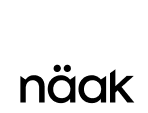

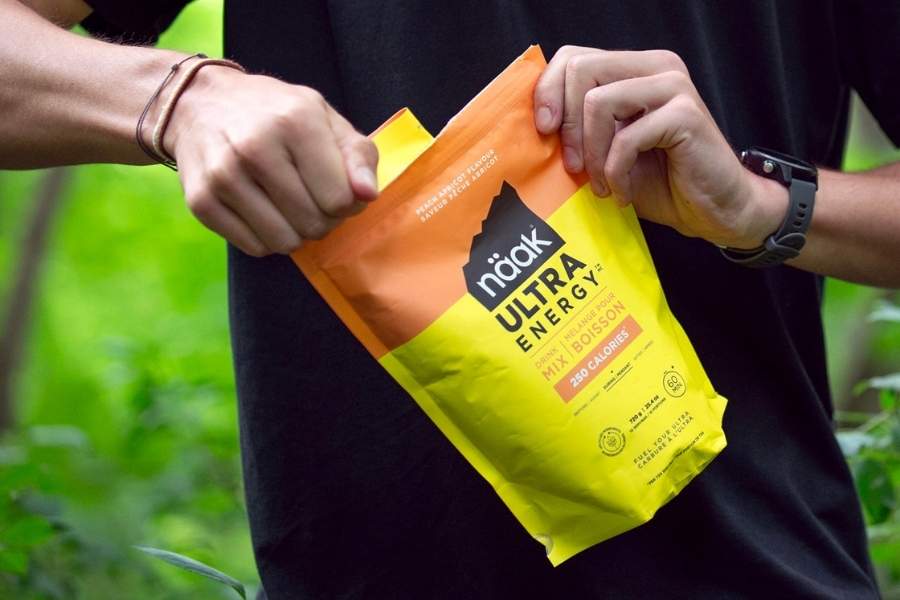
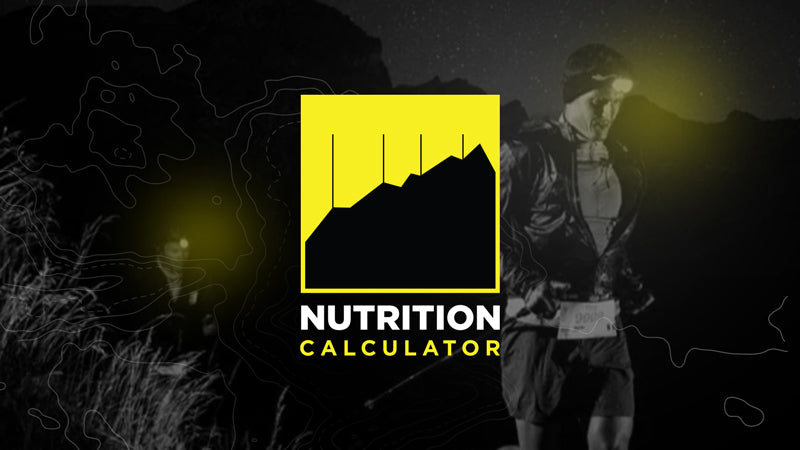
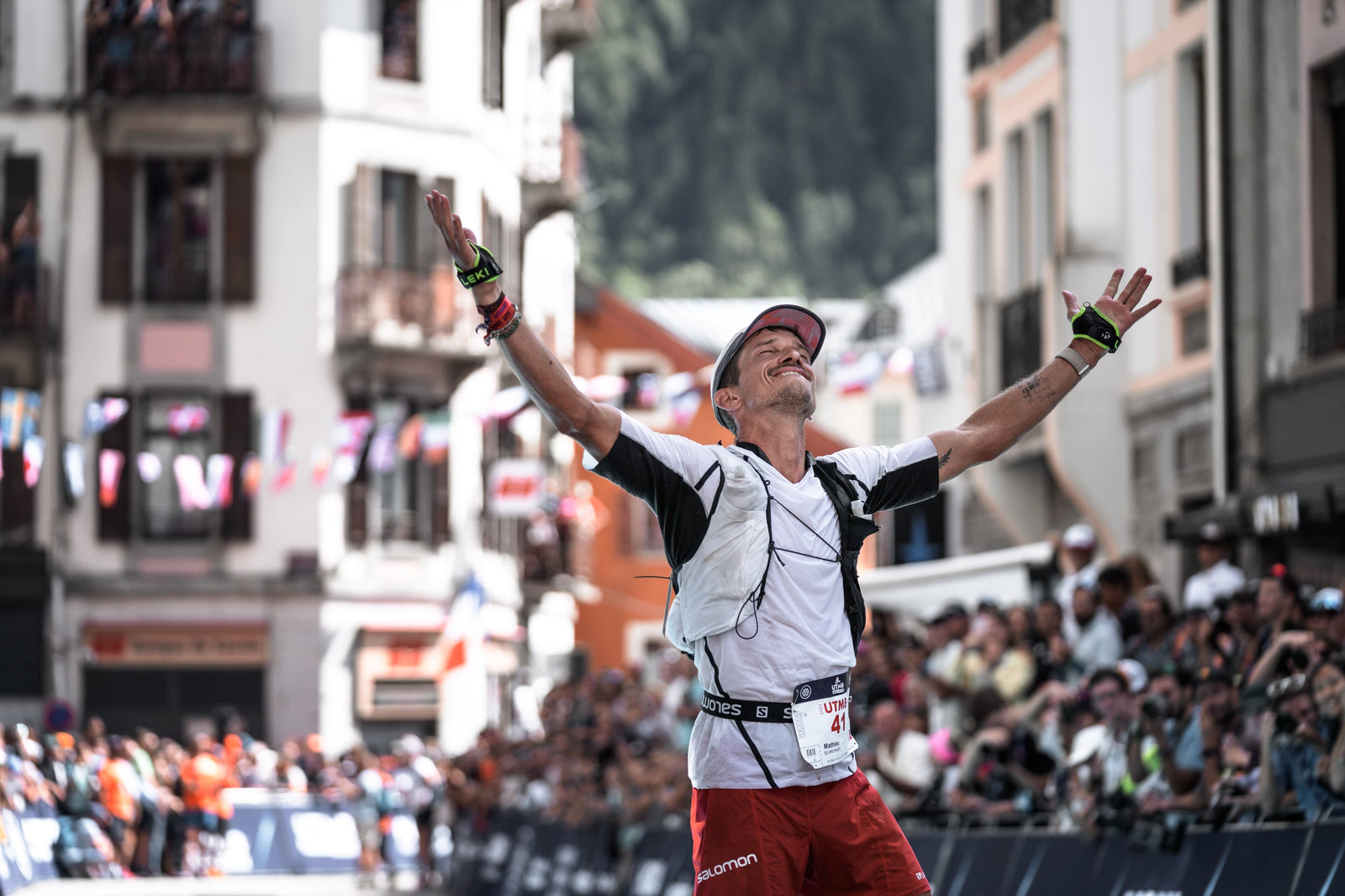





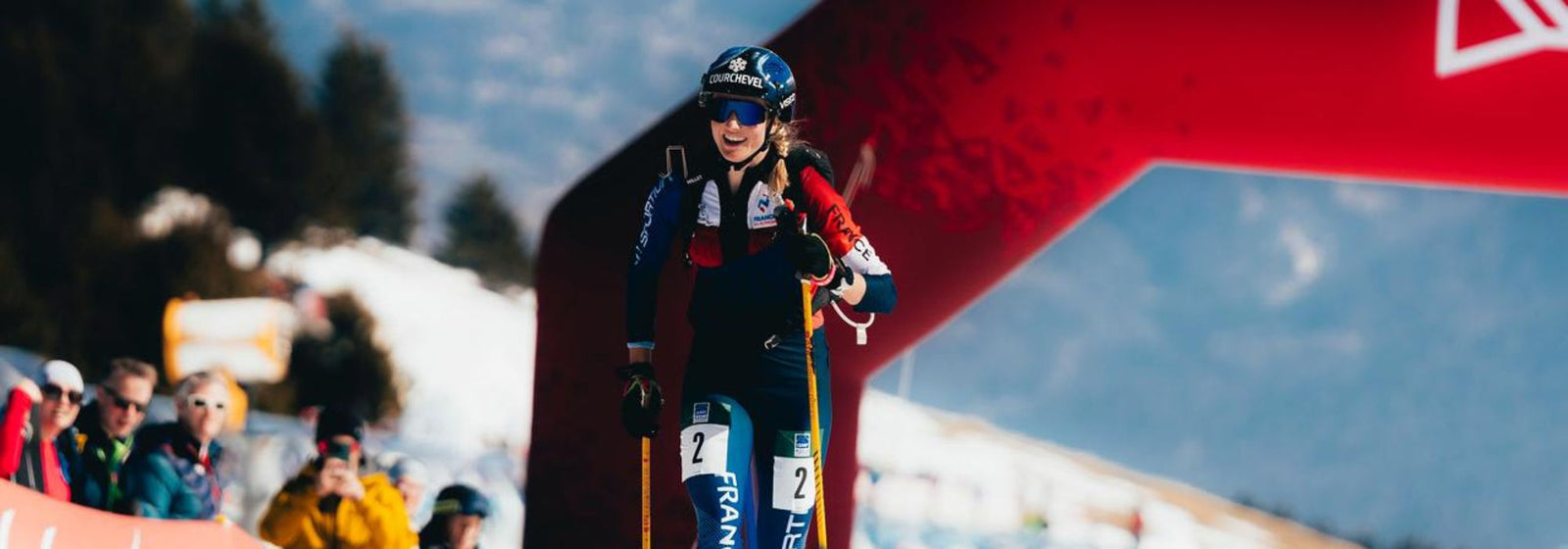
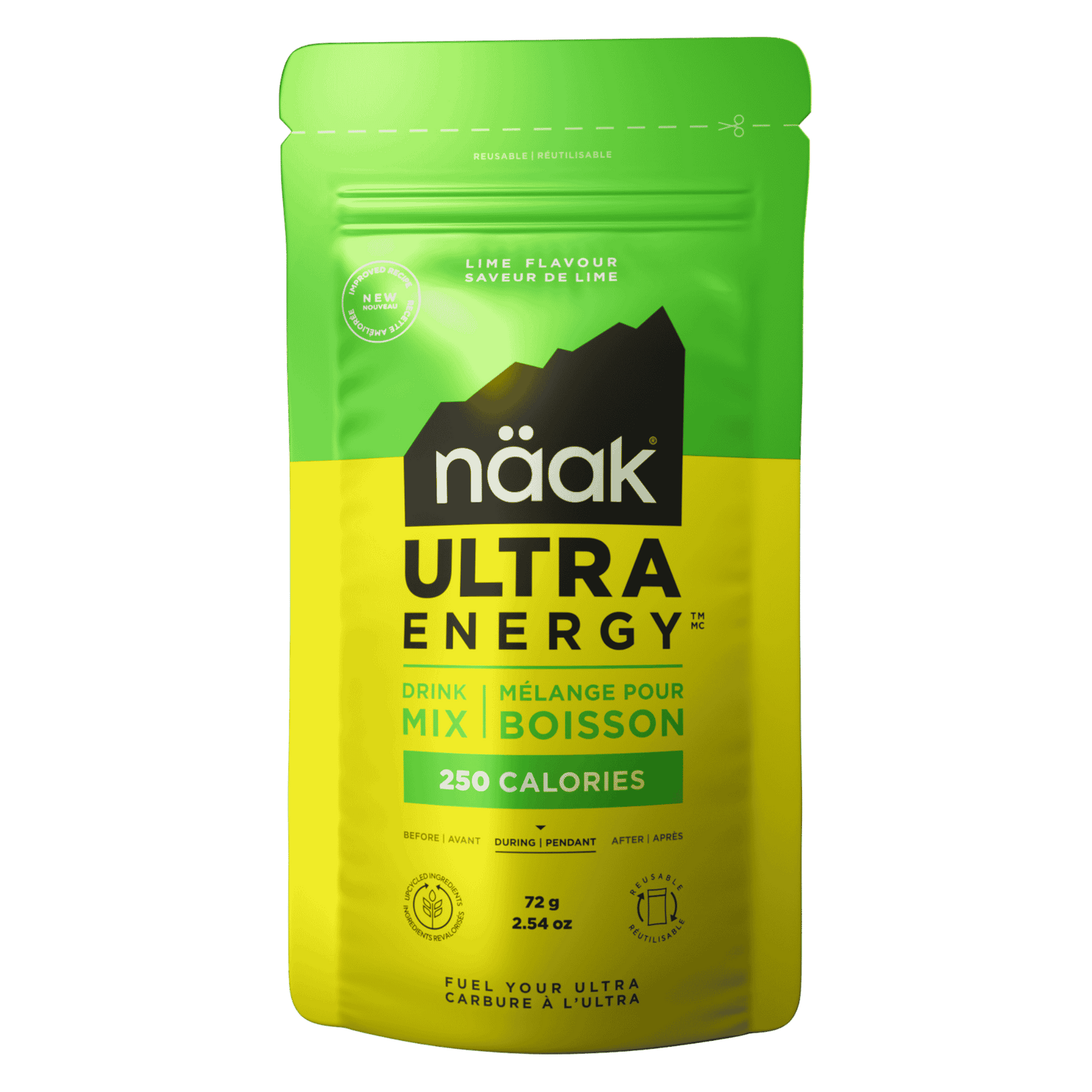
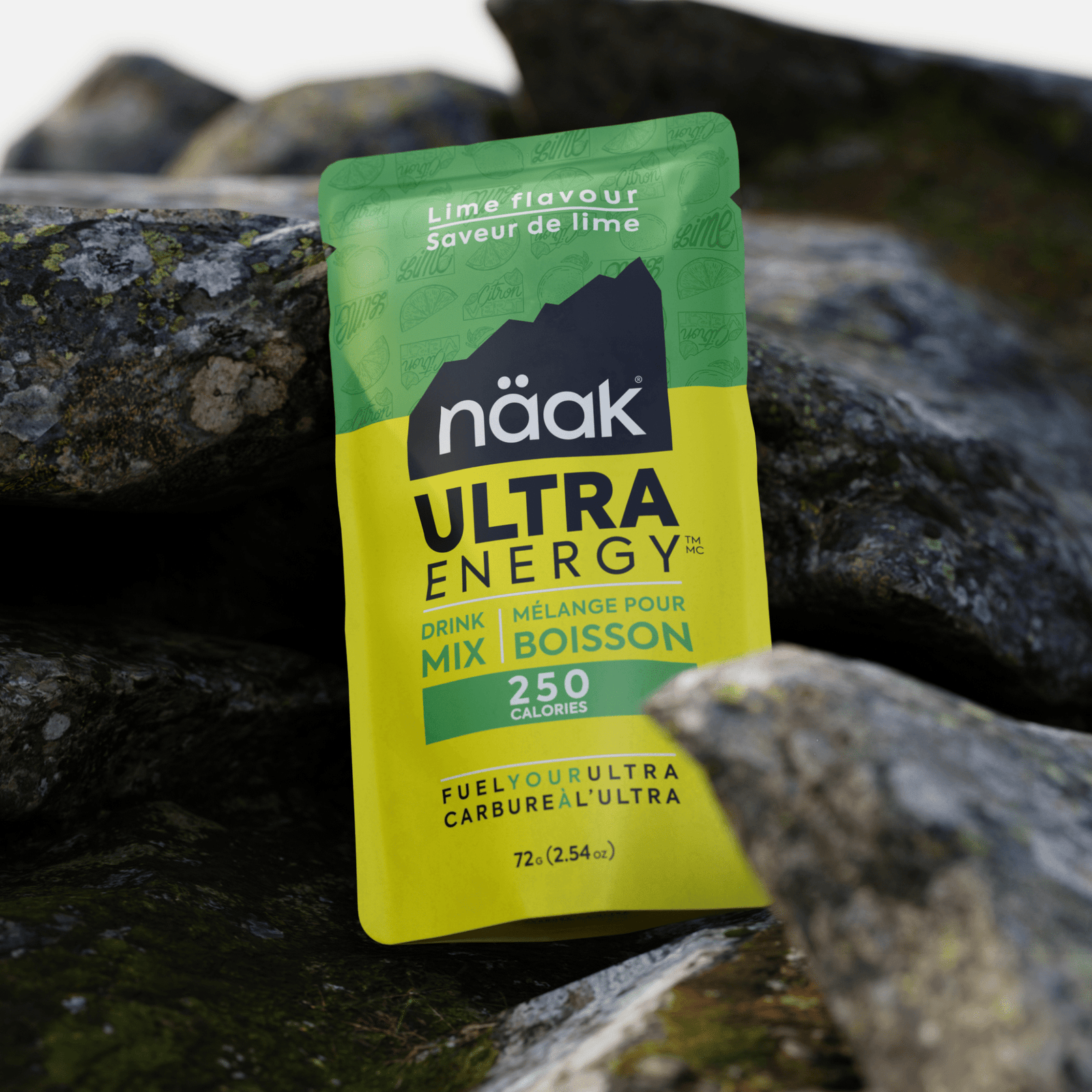
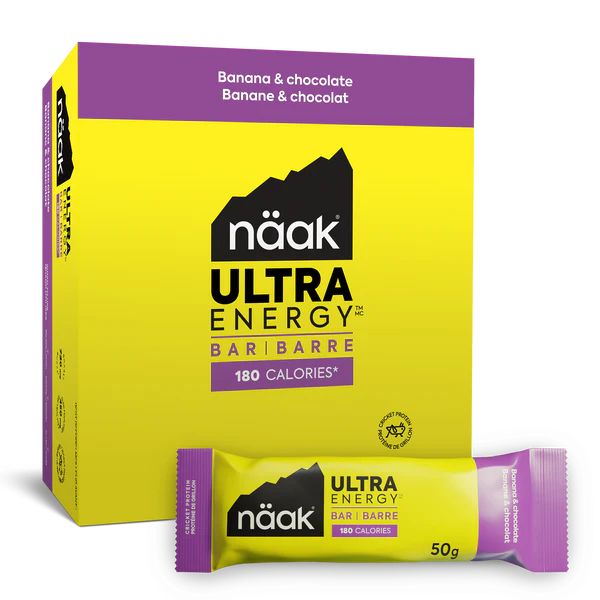
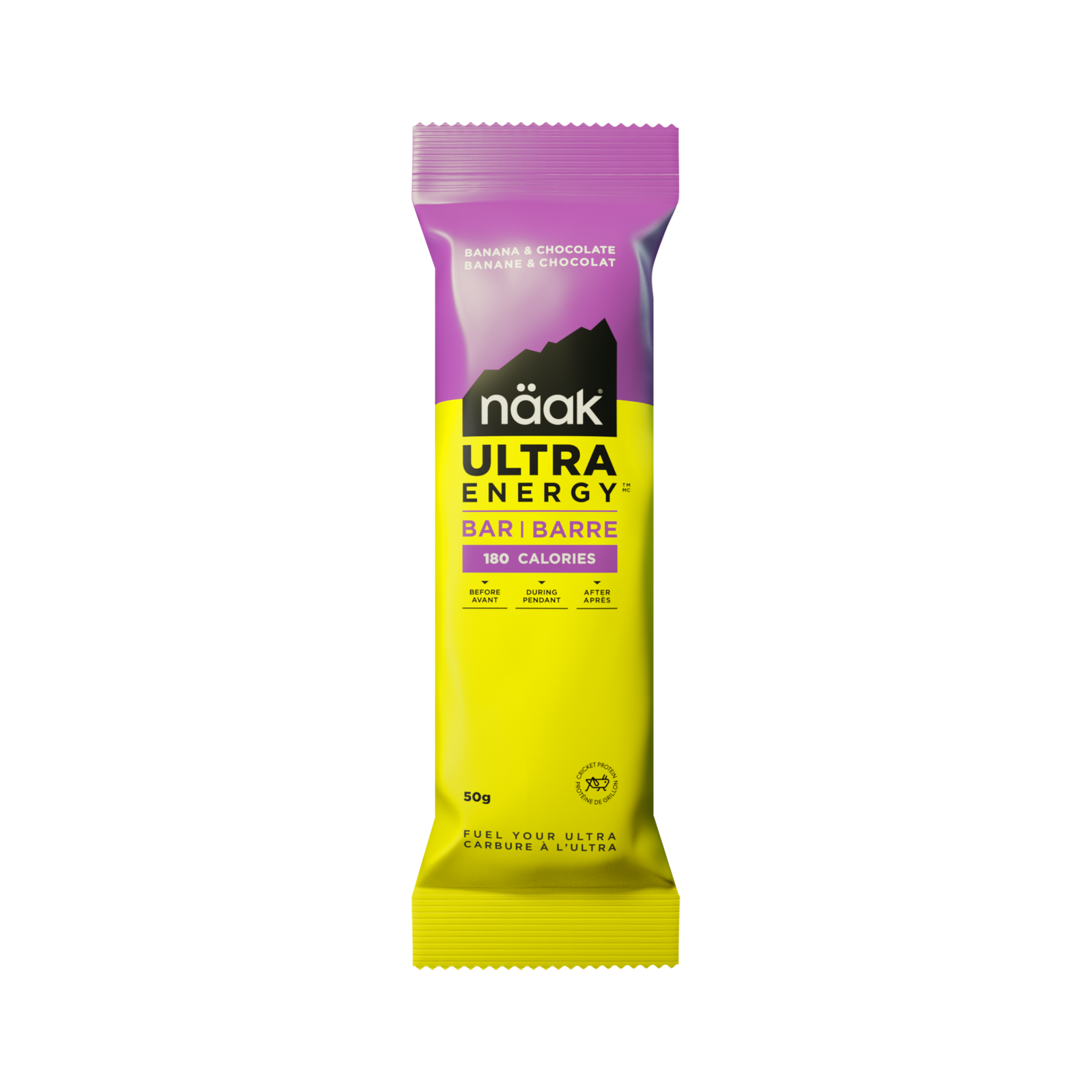
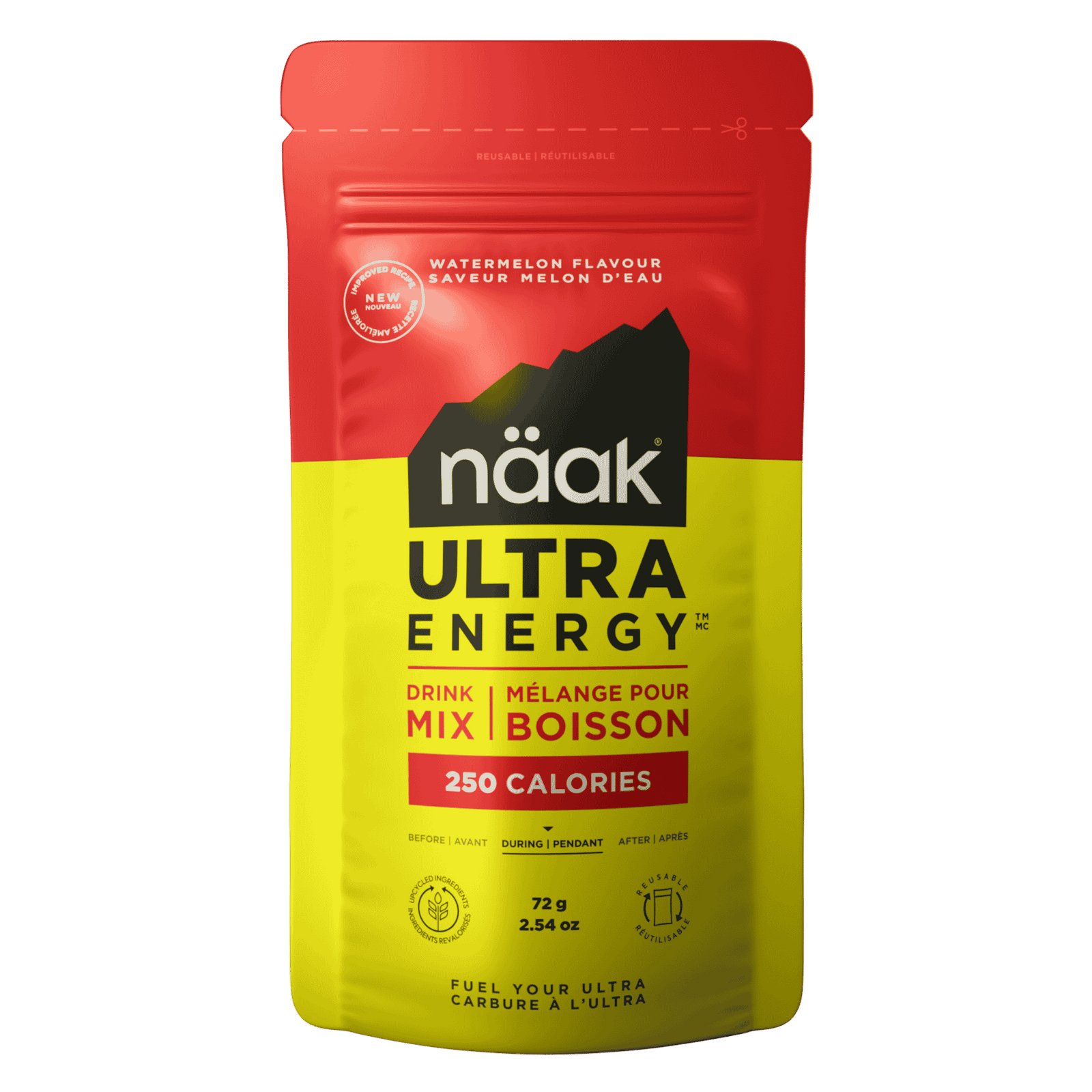
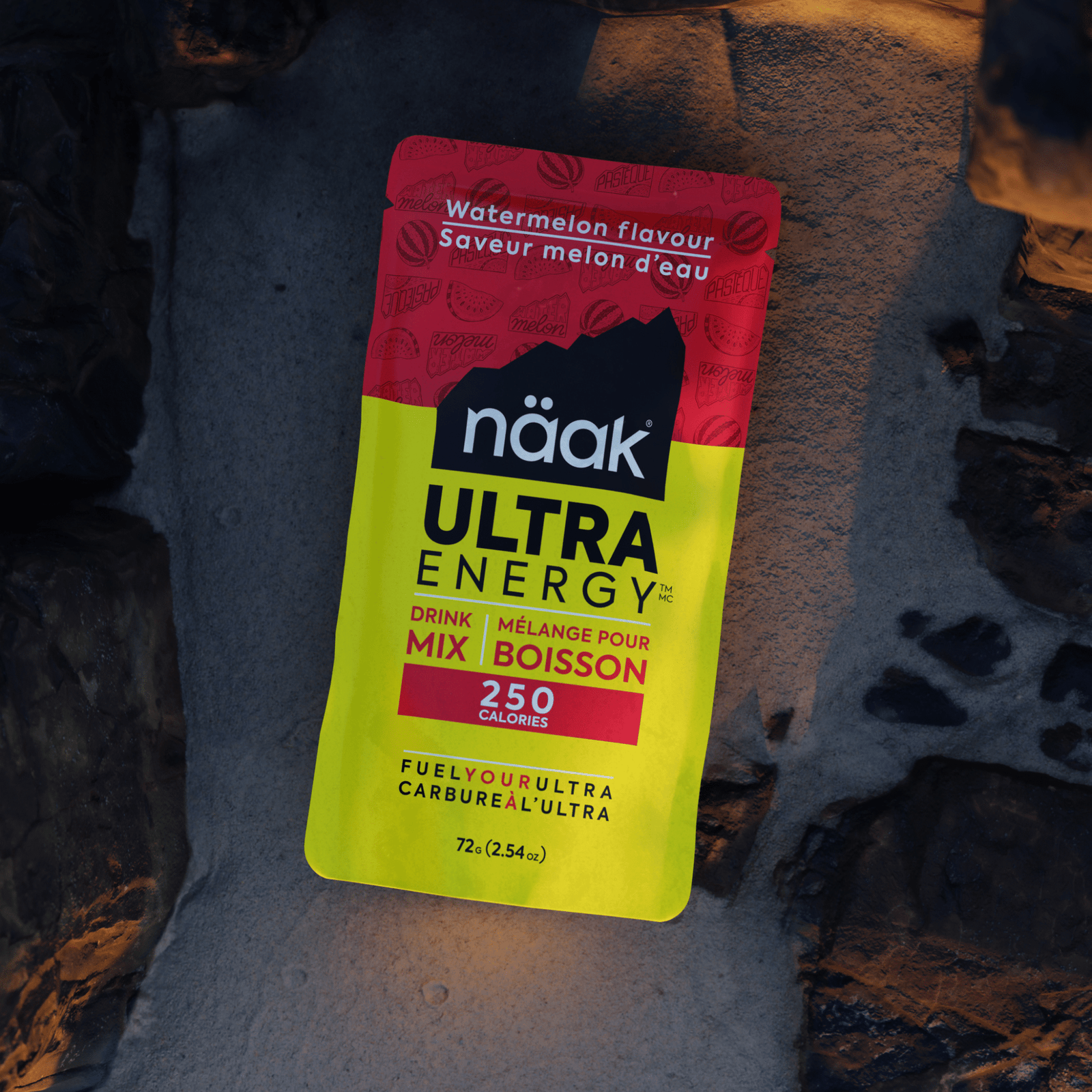
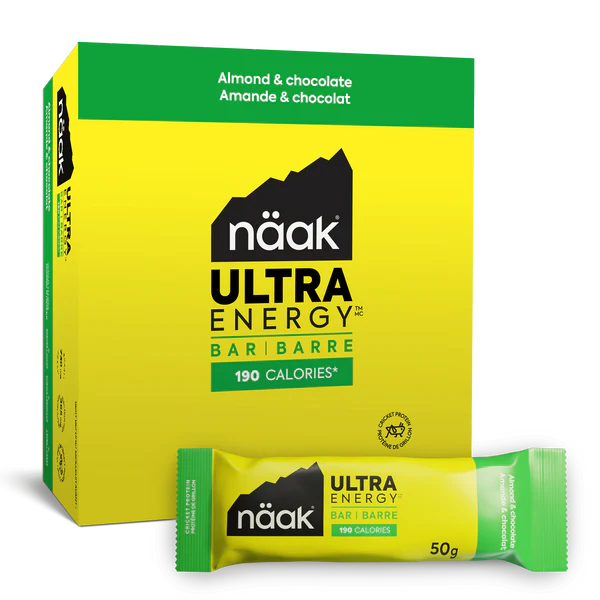
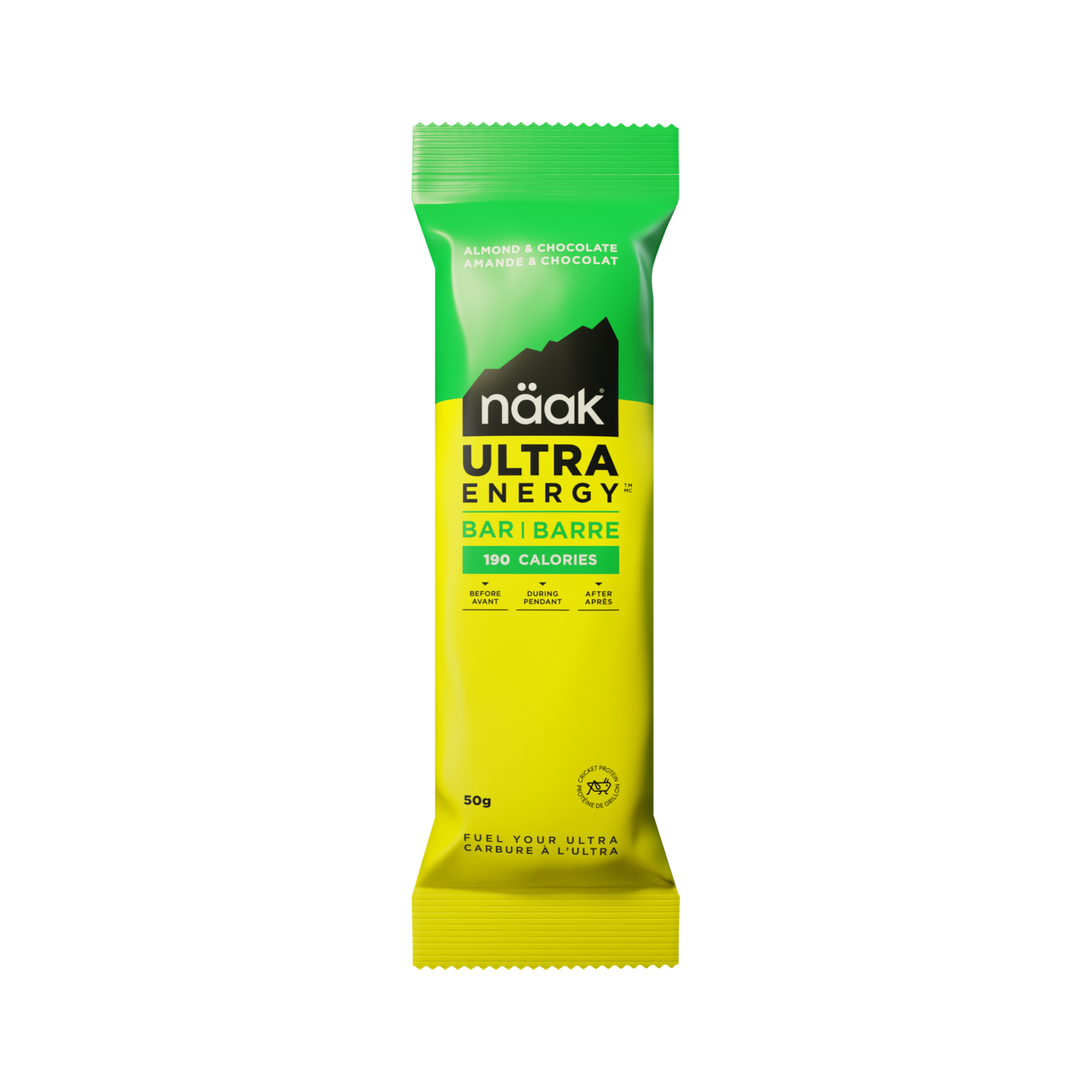
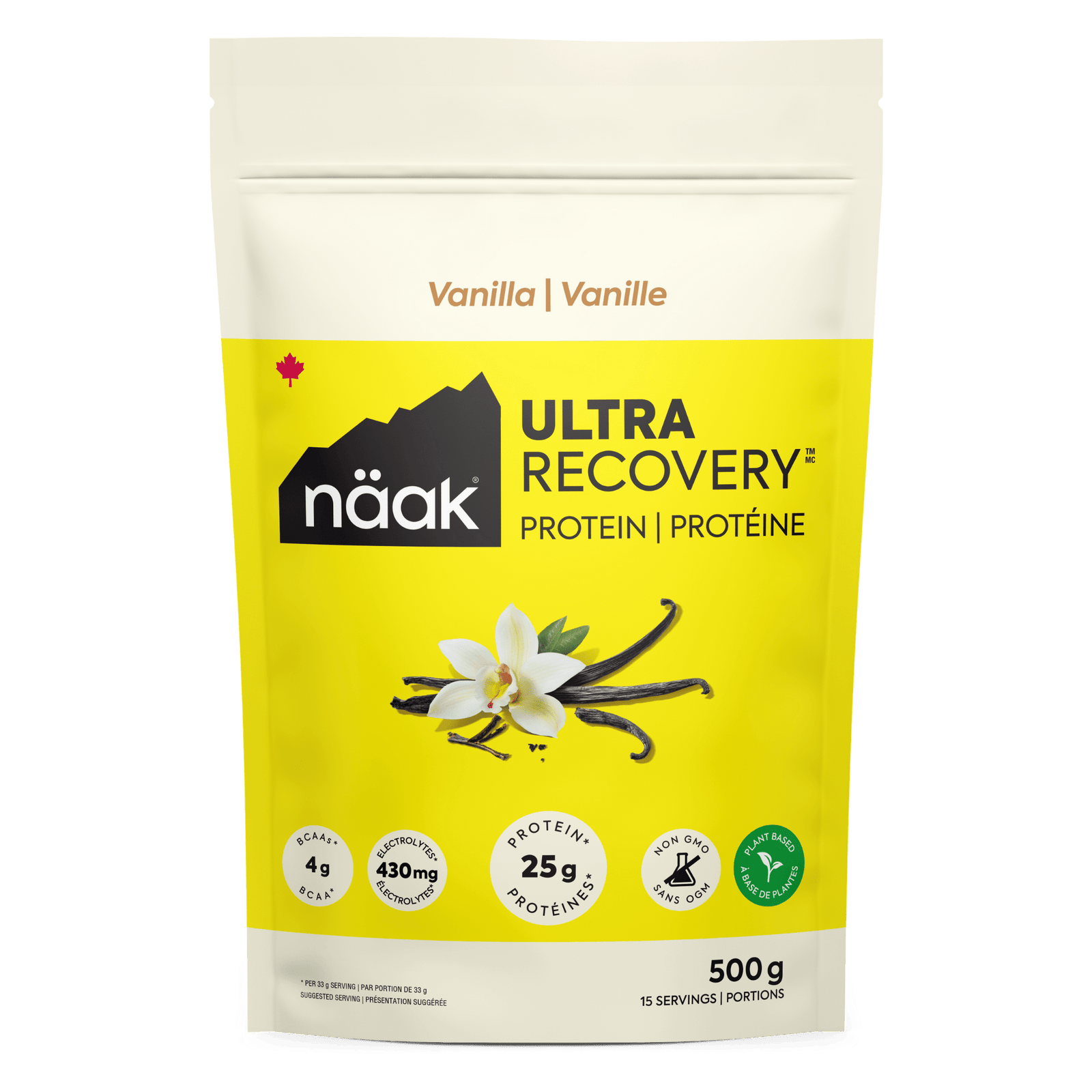
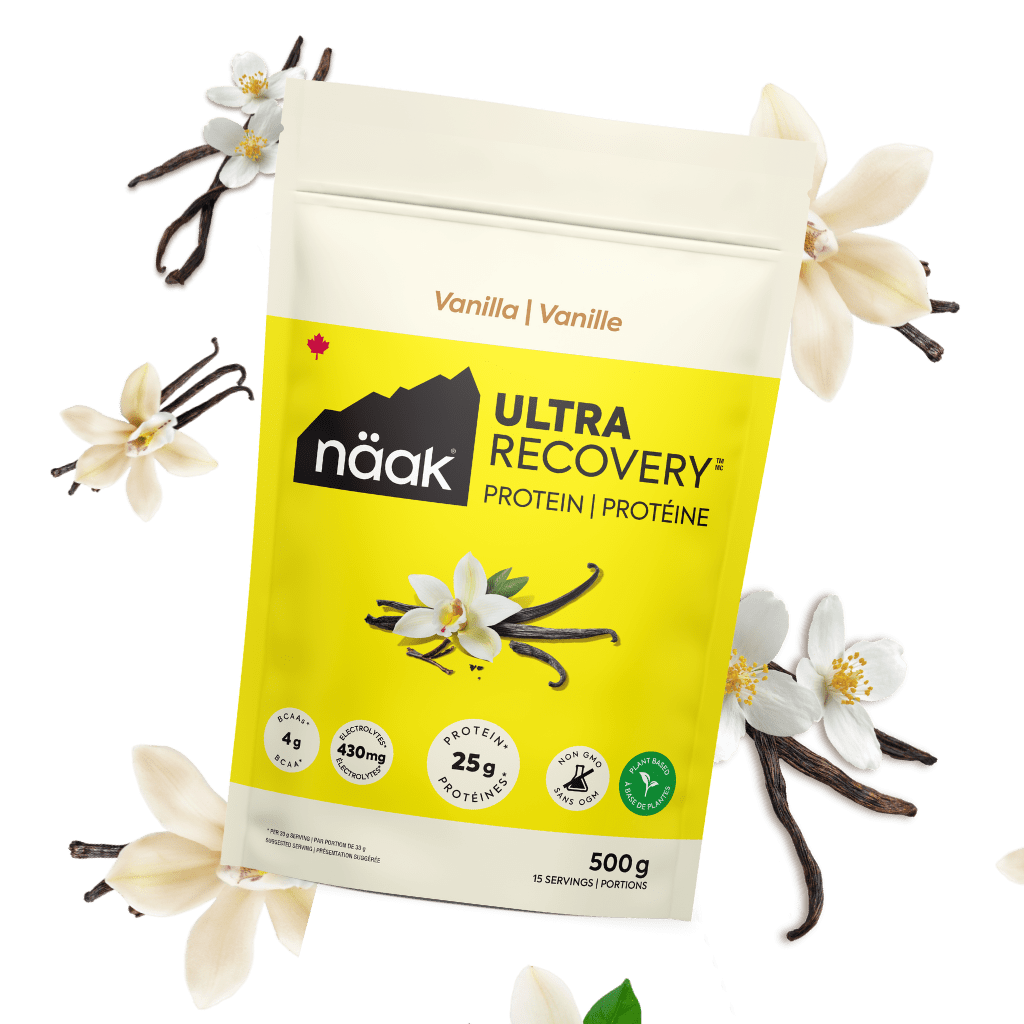
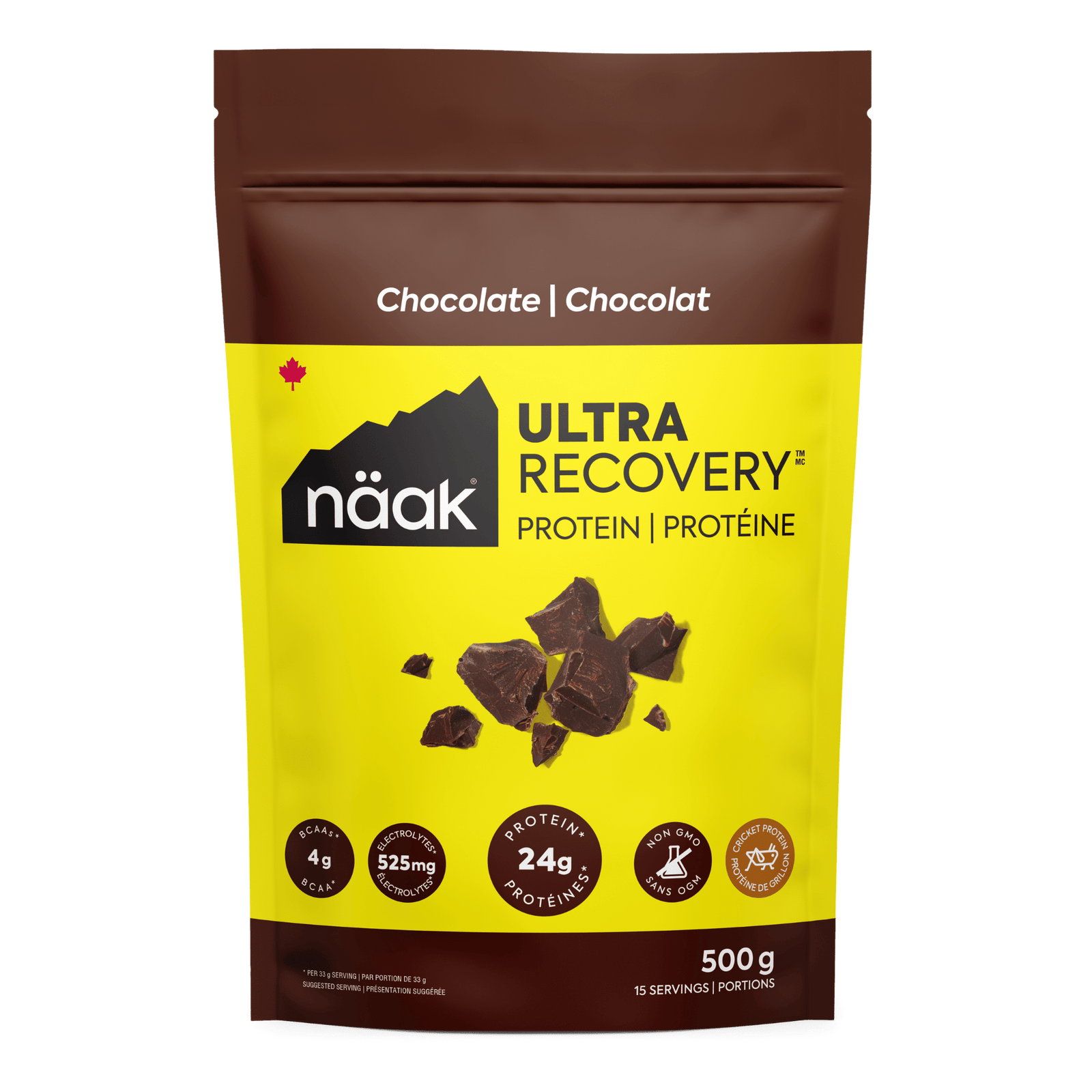
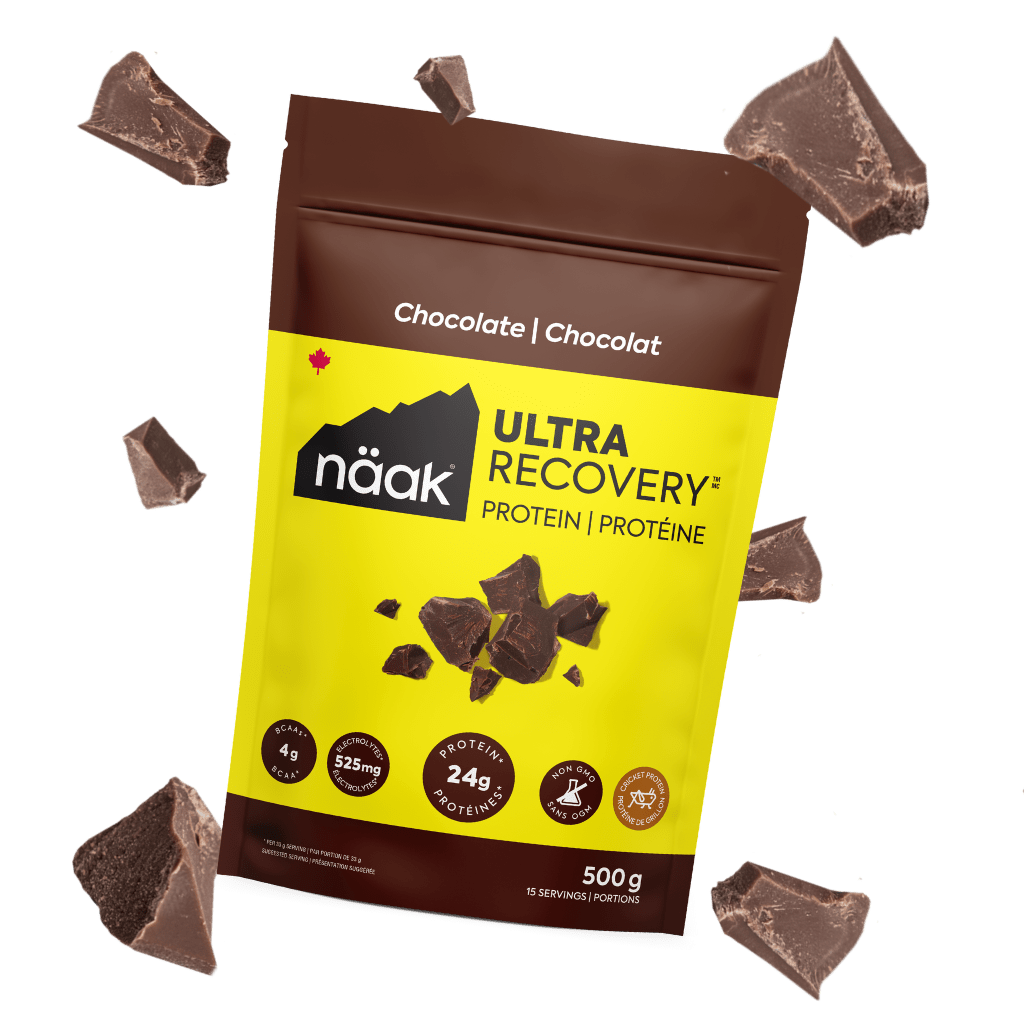
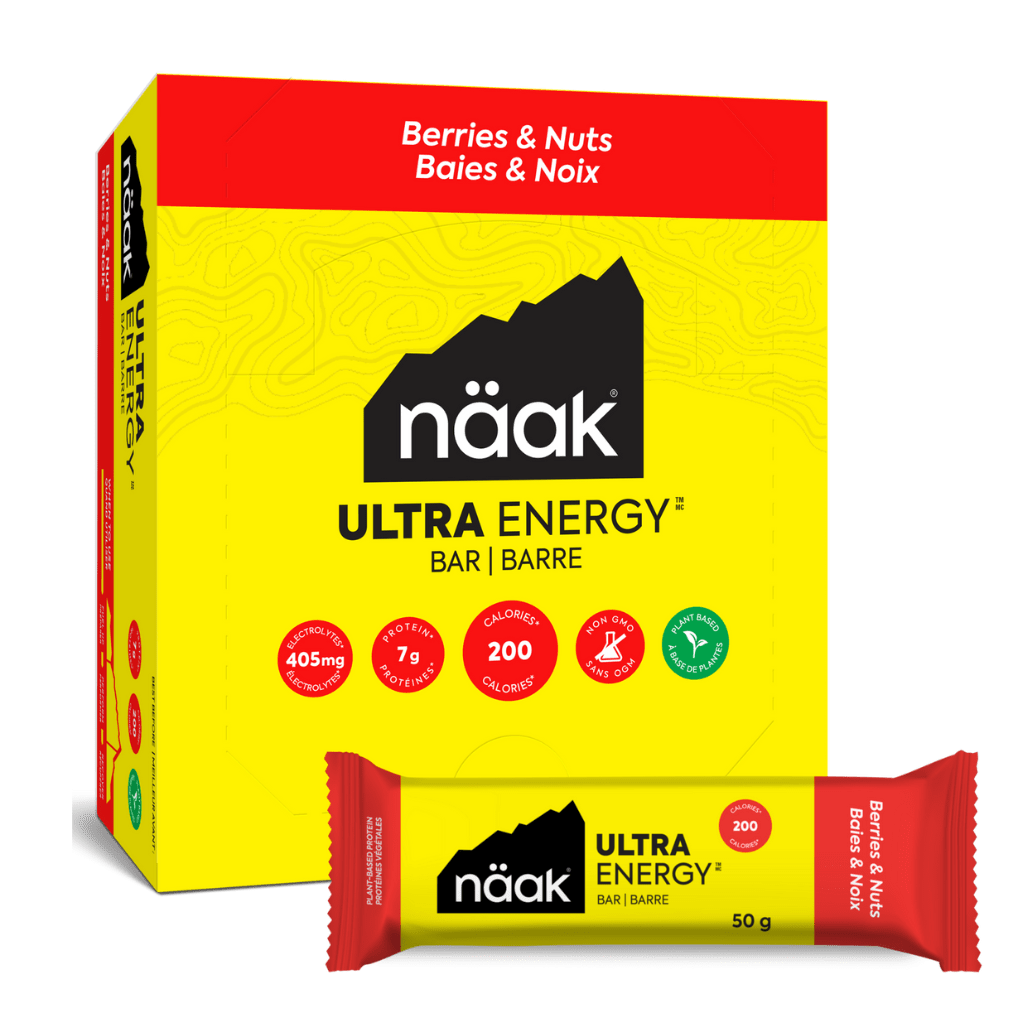
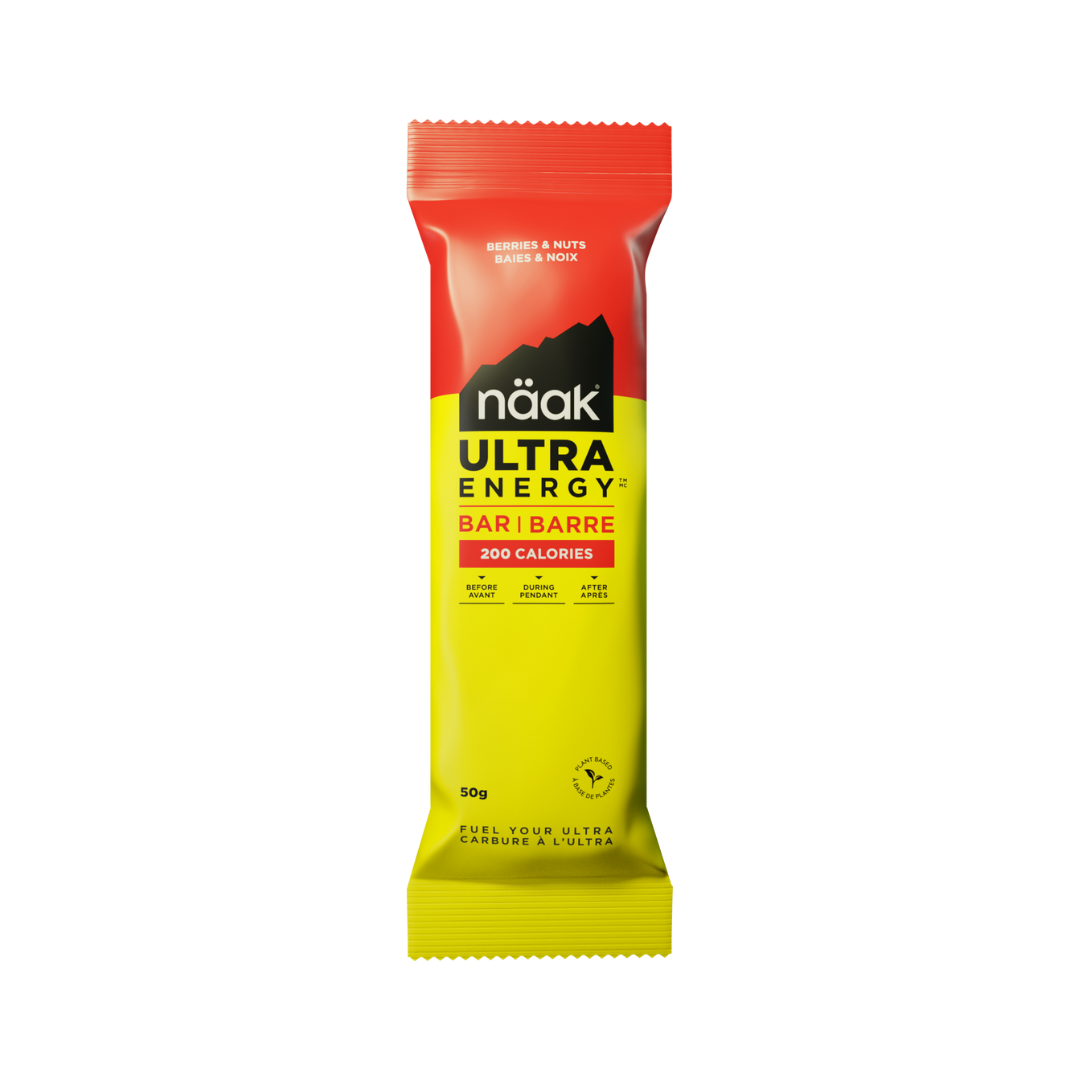
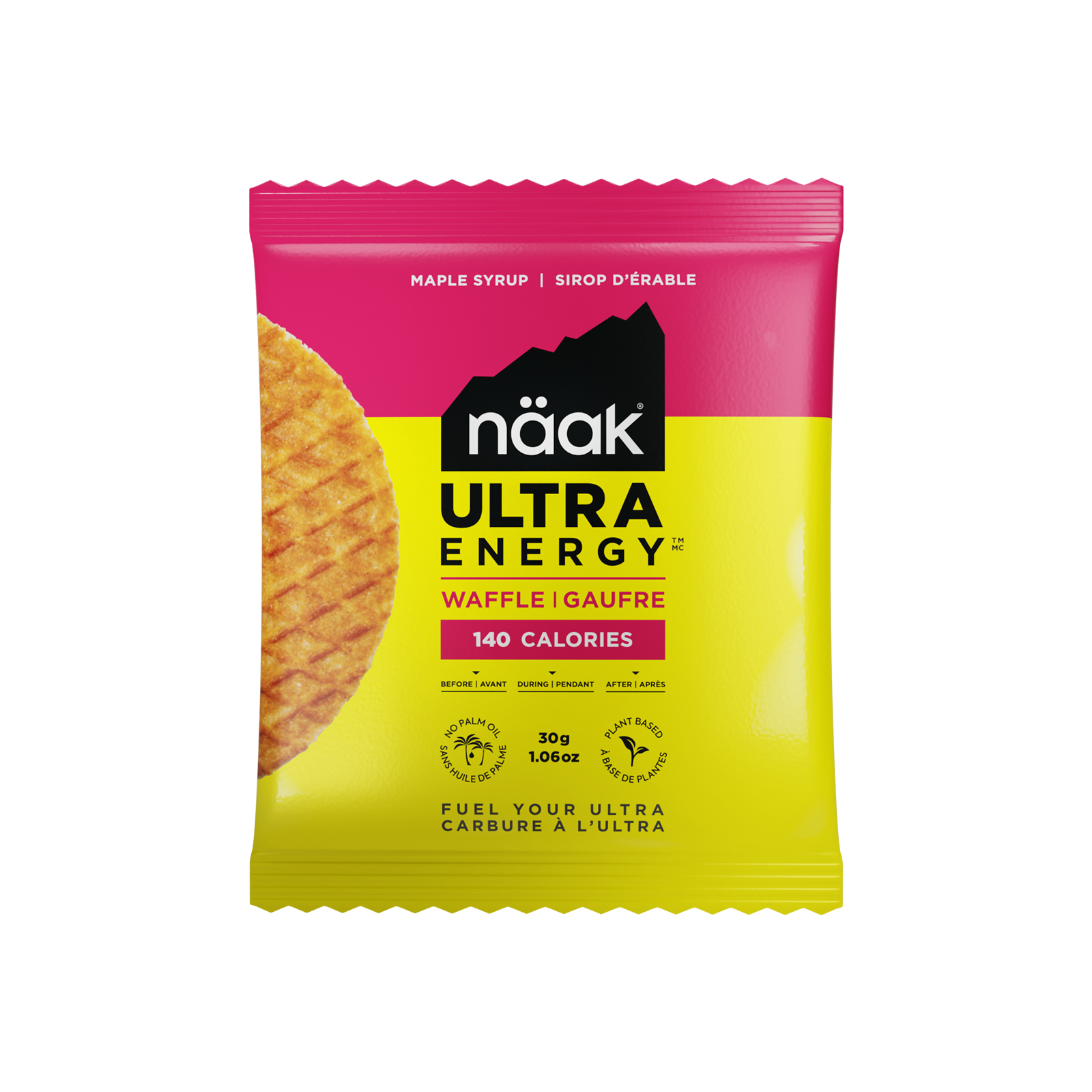
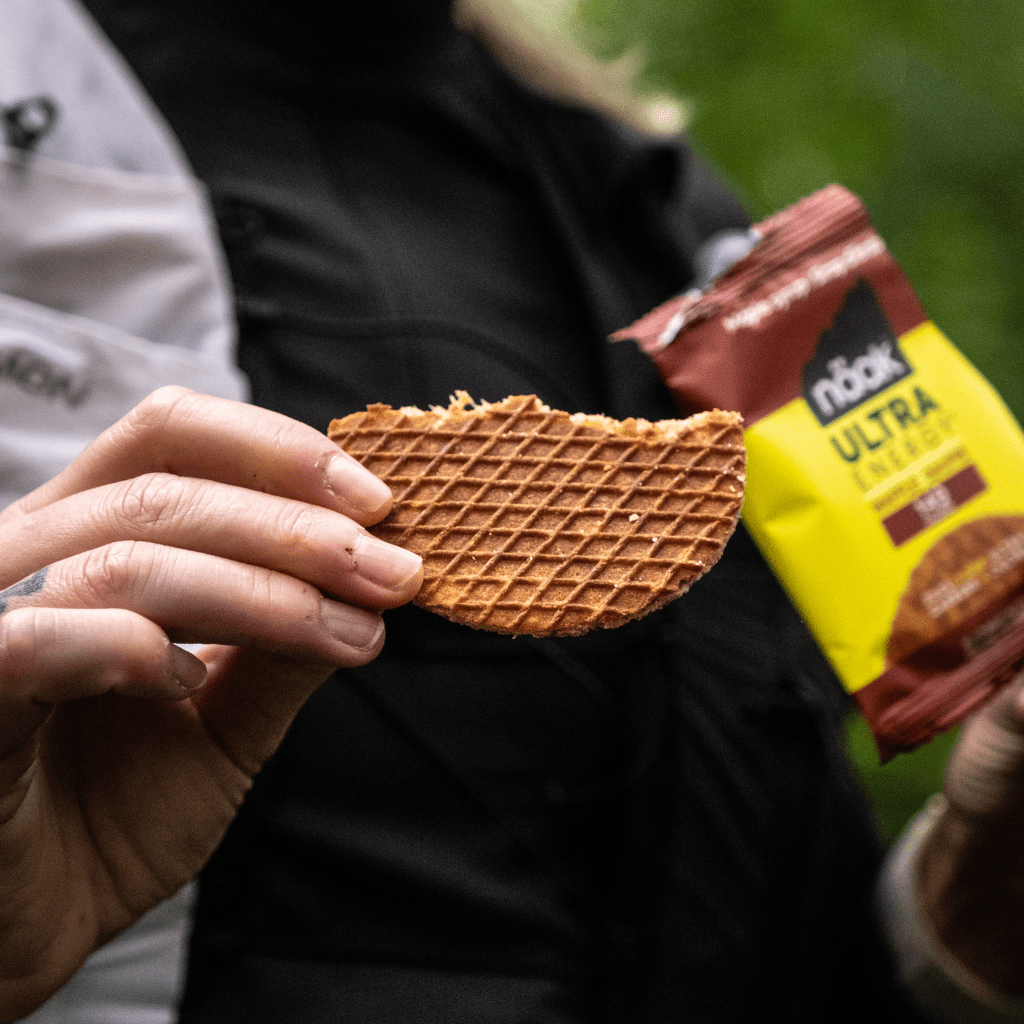
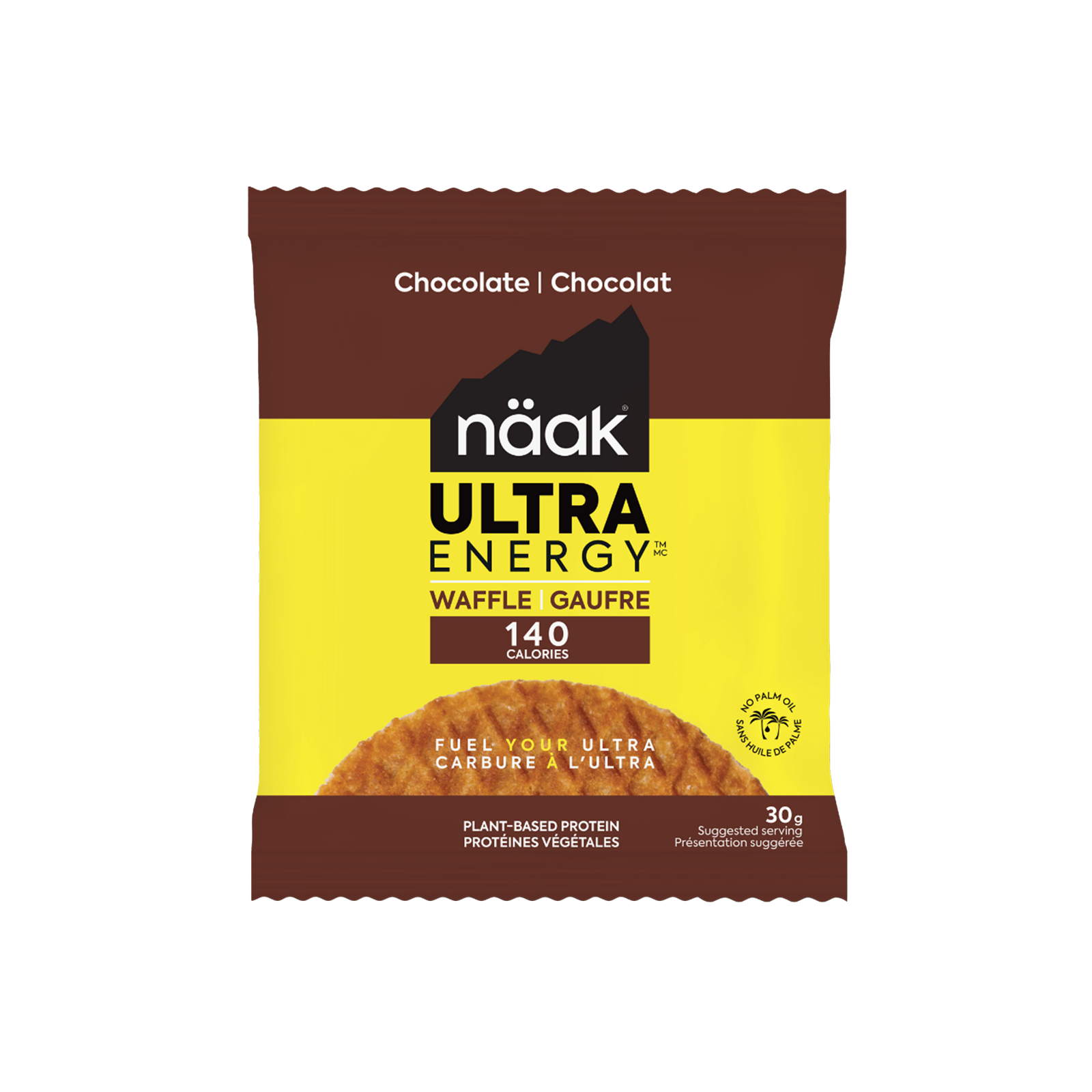
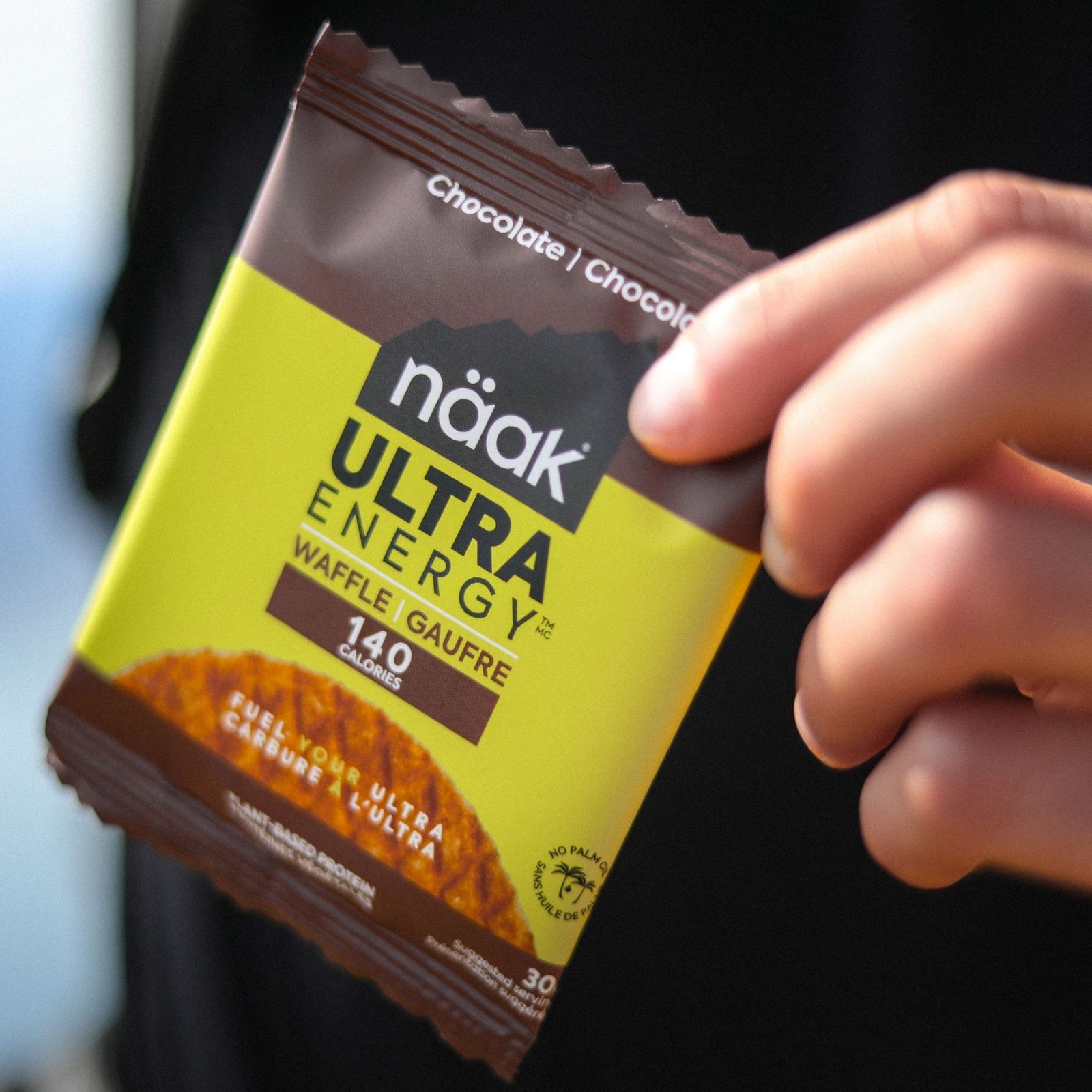
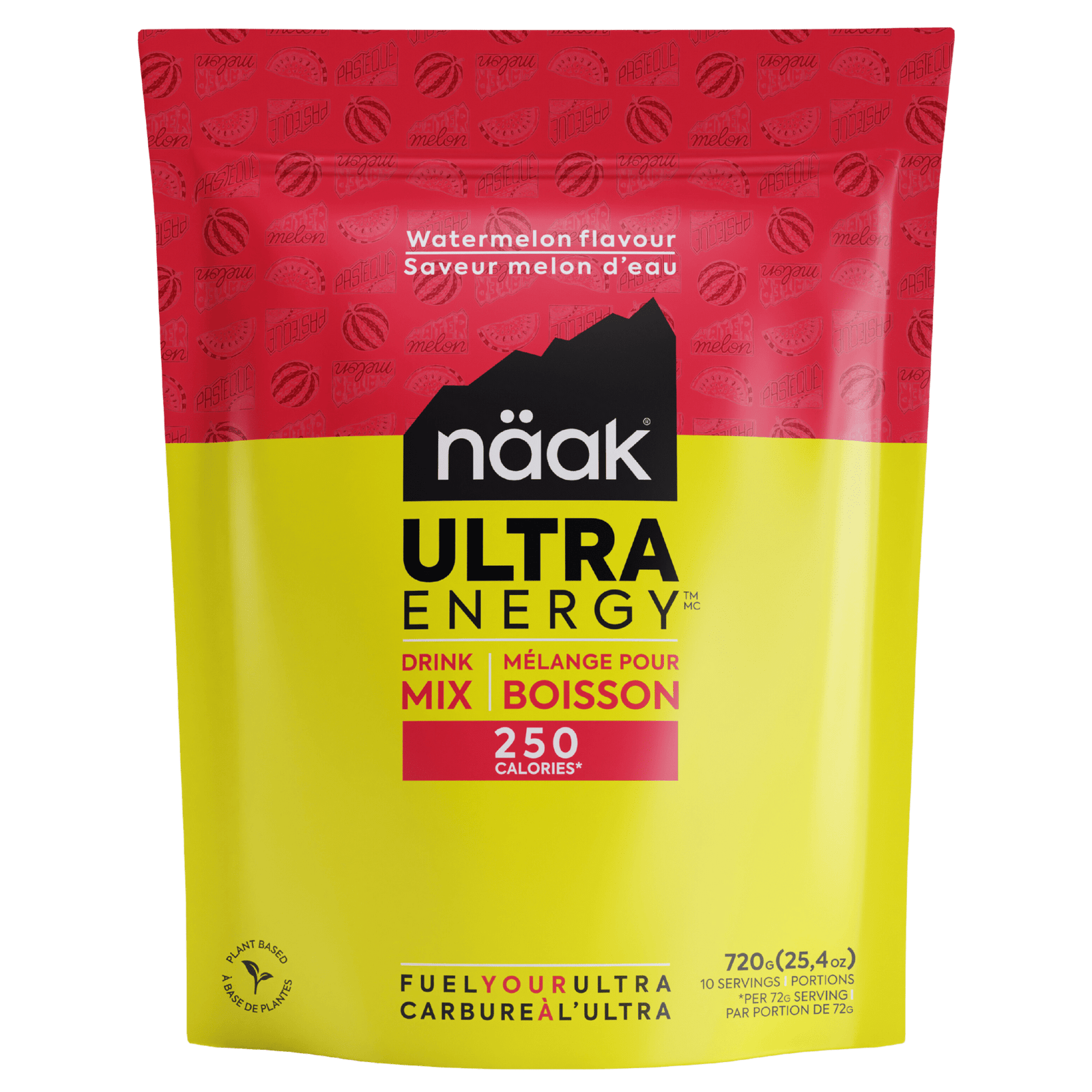
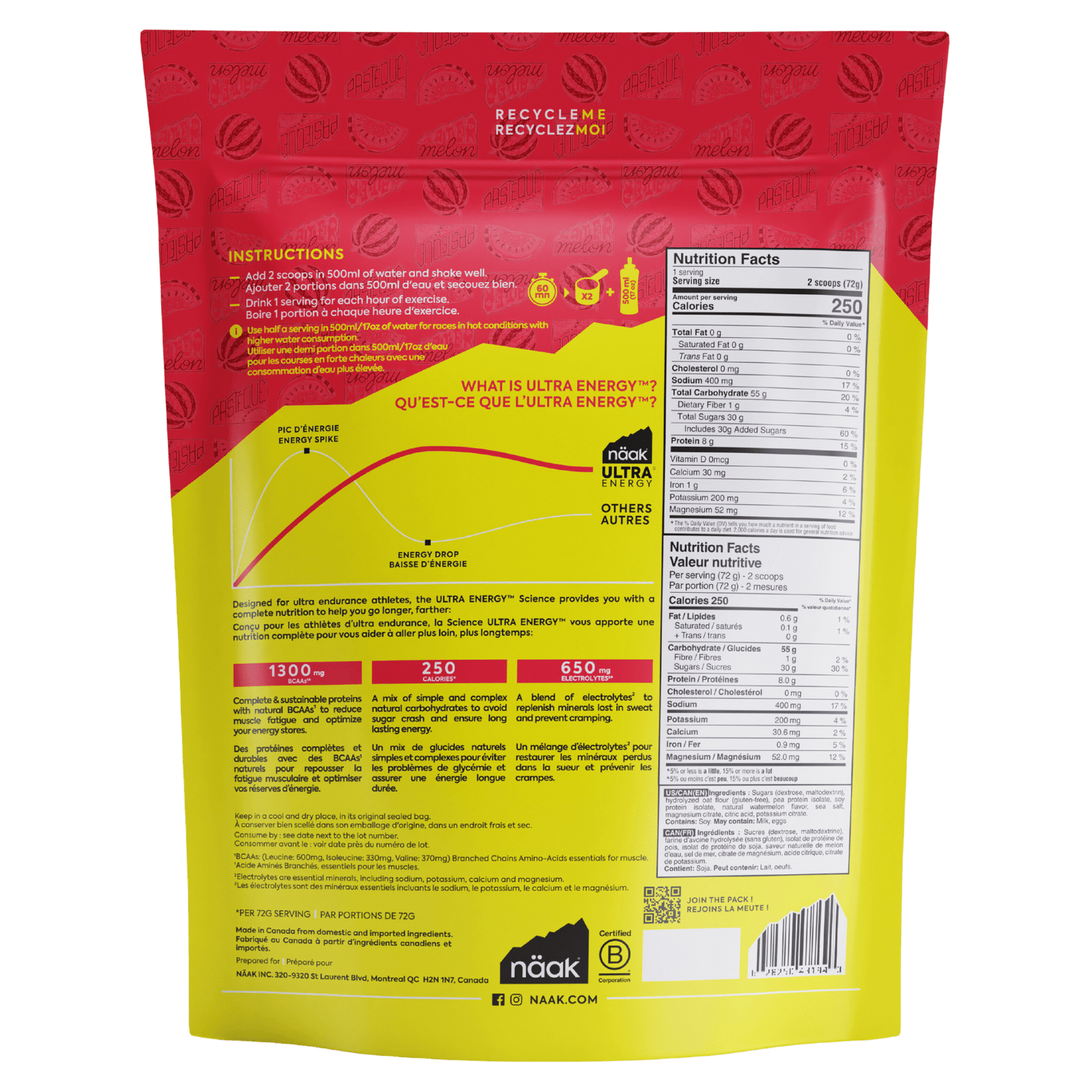
Leave a comment (all fields required)